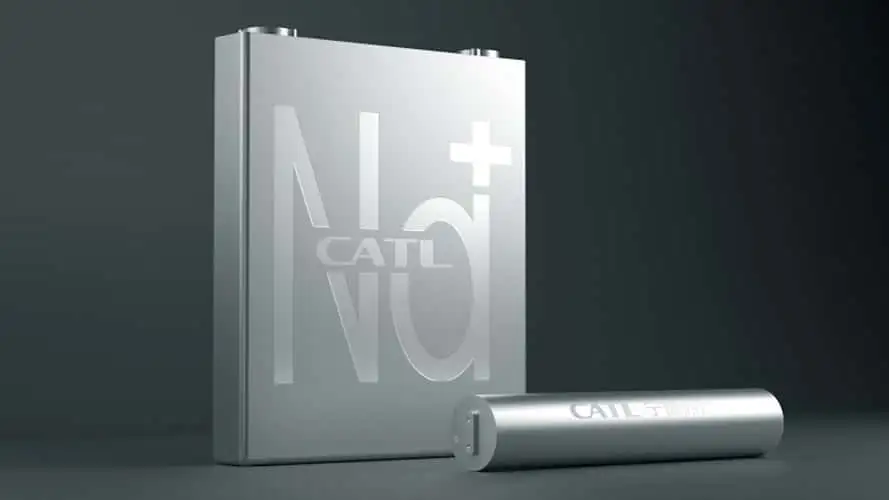China’s push to diversify electric vehicle (EV) battery chemistries has reached a new milestone with sodium-ion technology, which could address limitations of lithium-ion batteries, particularly under extreme weather conditions. Contemporary Amperex Technology Co. Ltd (CATL), the world’s largest battery maker, has announced breakthroughs in sodium-ion batteries, including the ability to perform reliably at temperatures as low as -40 degrees Celsius.
Sodium-ion batteries operate similarly to lithium-ion cells, with ions shuttling between electrodes during charge and discharge cycles. However, sodium-ion technology offers potential advantages, including reduced thermal runaway risks, lower raw material costs, and enhanced resilience to temperature fluctuations. CATL’s second-generation sodium-ion batteries, expected to debut in 2025 and enter mass production by 2027, aim to tackle one of the biggest challenges facing EVs: diminished range and efficiency in extreme cold.
Speaking at the World Young Scientists Summit, CATL Chief Scientist Wu Kai highlighted the advancements, stating, “Sodium-ion batteries are a game-changer for ensuring EV performance in harsh climates.”
While sodium-ion batteries lag behind lithium-ion cells in energy density, with CATL targeting 200 watt-hours per kilogram compared to Tesla’s 4680 NCM cells at 296 Wh/kg, their cost-effectiveness and durability make them ideal for entry-level EVs. The Volkswagen-backed JAC Yiwei EV and the JMEV EV3 are among the first vehicles to adopt sodium-ion batteries in China. Industry reports predict that sodium-ion cells could replace 20-30% of lithium-iron-phosphate (LFP) batteries in certain applications.
The adoption of sodium-ion batteries also aligns with China’s broader efforts to lead in emerging battery chemistries, which include nickel-manganese-cobalt (NMC), nickel-aluminum-cobalt (NCA), and LFP variants. Earlier this year, state-run China Southern Power Grid deployed sodium-ion batteries for stationary energy storage, showcasing the technology’s versatility beyond EVs.
Despite their lower energy density, sodium-ion batteries address critical drawbacks of lithium-ion technology, such as range loss in extreme temperatures and long-term degradation under harsh conditions. Their ability to withstand frigid climates without compromising performance could expand EV adoption in colder regions.
Battery manufacturers worldwide are taking note. CATL, BYD, and Sweden’s Northvolt are investing heavily in sodium-ion research and production. Analysts predict that future battery ecosystems will consist of multiple chemistries tailored to specific use cases, from high-energy-density cells for long-range EVs to resilient sodium-ion batteries for entry-level models and challenging environments.
As a “rising star” in battery innovation, sodium-ion technology could help shape a more sustainable and versatile future for energy storage.
Source: Carnewschina
